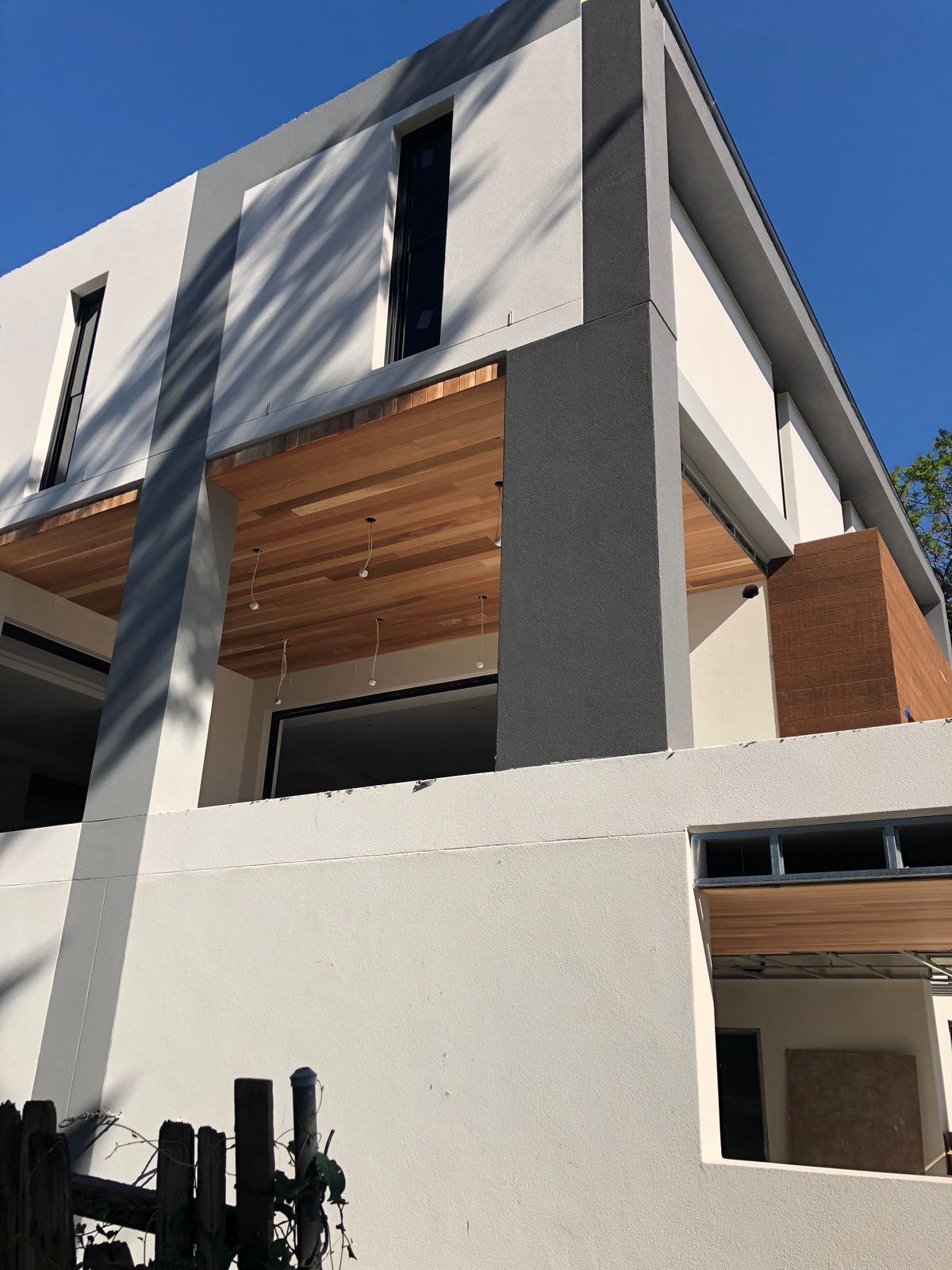The Current Condition of Polystyrene Rendering
Polystyrene (PS) is a petroleum-based plastic usually used for packaging, insulation, and other uses where lightweight and high strength are required. It often emits an unpleasant odor when burned, making it difficult to use for various applications.
These materials have similar properties but don't cause the same environmental pollution concerns as polystyrene does.
Function of Polystyrene Rendering
Polystyrene, or EPS, is a plastic-type commonly used in products like packaging, insulation, and construction materials. This material can be rendered into Styrofoam by either gasification or super heating. Gasification occurs when the polystyrenes are heated to produce carbon dioxide and water vapor, while superheating causes the polymer to break down into styrene monomers and hydrogen gas.
Both processes result in a product that looks and feels just like Styrofoam but with significantly lower environmental emissions. Polystyrene rendering can be helpful when you need a high-quality render of an industrial or scientific object. This process uses digital models to create realistic images of 3D objects that can be used for various purposes, such as advertising, packaging design, and product simulation.
Polystyrene modeling is often faster and more accurate than other methods because it does not require the use of physical prototypes. Instead, it relies on virtual copies that are updated as needed. Additionally, this method allows for alterations in colors and textures without having to redesign the entire model from scratch.
Current State of Polystyrene Rendering
Polystyrene is a type of plastic that can be rendered into products such as foams, insulation, and even food packaging. Foams made from polystyrene are often considered more durable than other foam materials. Additionally, they are less likely to release harmful toxins when heated or damaged in some way. Many countries have banned polystyrene because it is a major environmental pollutant. It forms when industrial waste, such as plastic bottles and boxes, is burned. The smoke from this process contains polystyrene particles like that in the case of Bathroom Rendering Sydney, provided by Rdy Group Rendering. These particles can cause significant damage to the environment and human health by disrupting the atmosphere's ozone layer.
Variety of Polystyrene Rendering
There are a variety of polystyrene rendering types that can be used depending on the project specifications. Each has its benefits and limitations, so choosing the right type for your needs are important. Hot shooting is often regarded as the most versatile due to its fast turnaround time and ease of use. However, this process may not be suitable for all projects due to its high costs and risk of damage to the styrene plastic material, such as that in the case of Bathroom Rendering Sydney.
Compression molding is another popular option because it allows for higher durations without compromising quality or speed. This process also results in lower unit costs than injection Molding but may require more specialized equipment or experienced workers.
Conclusion
Polystyrene can be absorbed through the skin and ingested, where it causes injuries such as cancer of the intestine or liver. The bottom line is that polystyrene should not be given any opportunity to reach our environment or our bodies!





Comments
Post a Comment